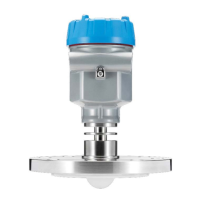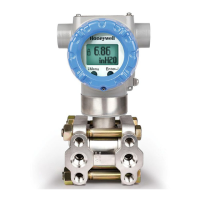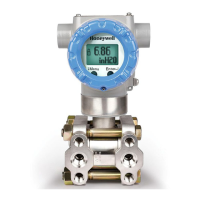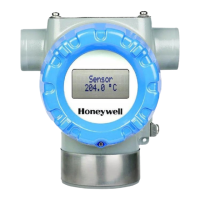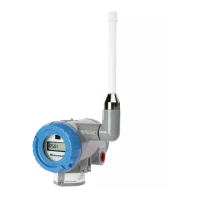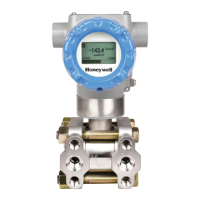Revision 8 SLG 700 SmartLine Level Transmitter User’s Manual Page 15
2 Radar Level Measurement
2.1 Overview
This chapter describes the theory of operation of the transmitter and discusses how
measurements are affected by tank and process conditions.
2.2 Theory of Operation
Guided wave radar provides level measurement based on the Time-Domain Reflectometry
(TDR) principle. Electromagnetic measurement pulses are guided to the measured material by a
metallic probe. When the pulses reach a product surface or interface, a portion of the pulse will
propagate through the surface and the rest will be reflected backwards. The same probe
transports the reflected pulses from the measured material back to the transmitter.
The SLG 700 uses many very-low-power pulses with a technique called Equivalent-Time
Sampling (ETS) to efficiently extract level information. Figure 2-2 is an example of a
waveform acquired with the ETS method. The levels can be extracted from waveforms
knowing the expected positions and shapes of the flange, surface or interface, and end of probe
reflections.
The electromagnetic measuring signal travels at the speed of light for the medium in which it is
propagating in and the probe on which it propagates.
The pulse speed will be less than the speed of light in air by an amount which can be calculated
knowing the ‘dielectric constant’ of the material.
The transmitter measures the time of travel of the reflected signal and calculates distance to the
reflection point. The level of the material can be calculated based on the distance from the
transmitter to the material and the dimensions of the container as illustrated in Figure 2-1.
Distance to Surface calculation:
𝑑
𝑠
=
𝑡×𝑉
𝑤𝑔
2×
√
DC
V
Where:
d
S
= Distance to surface
t = time for the pulse to travel distance, d
S
v
wg
= speed of light in a vacuum on the probe
DC
V
= dielectric constant of the material in the head space above the level
(for air, DC = 1)
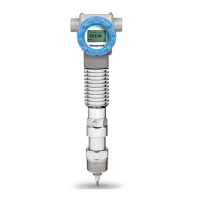
